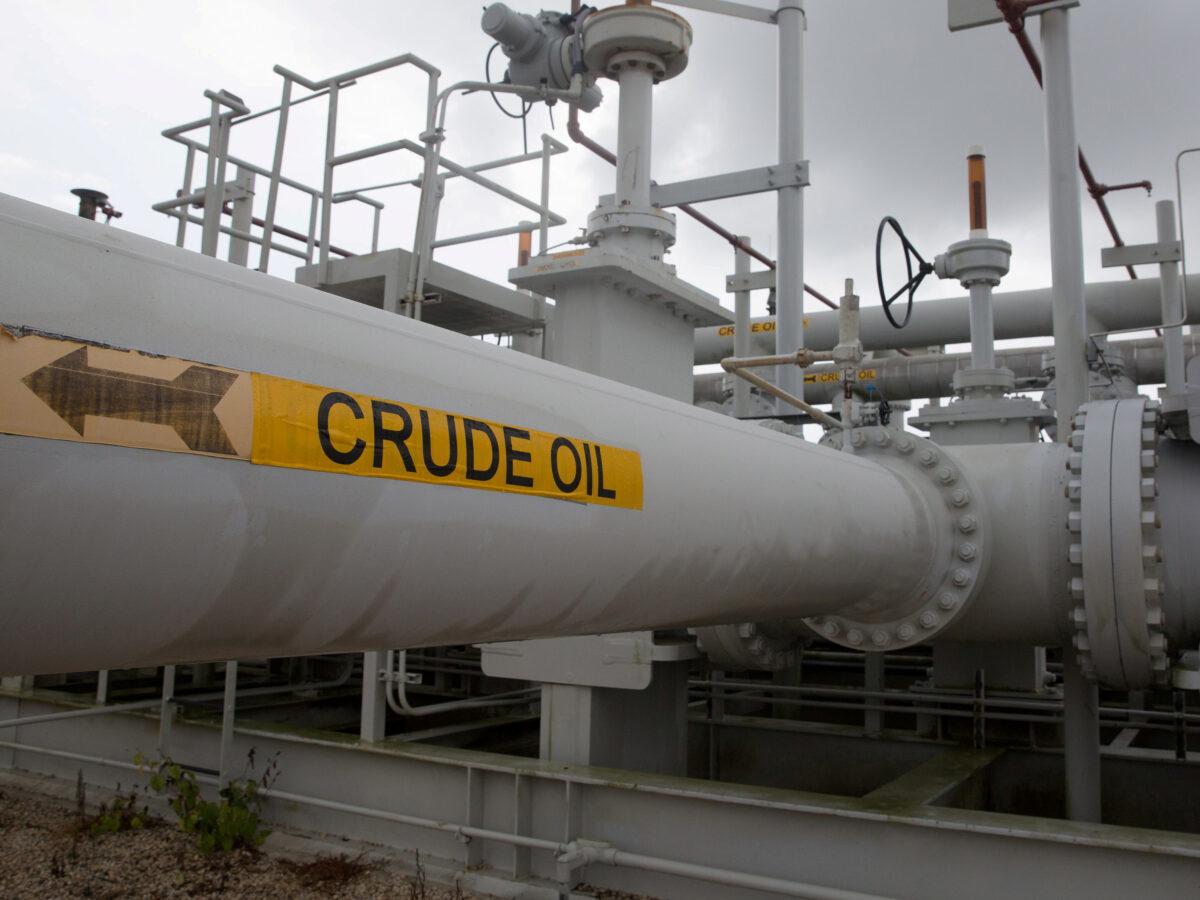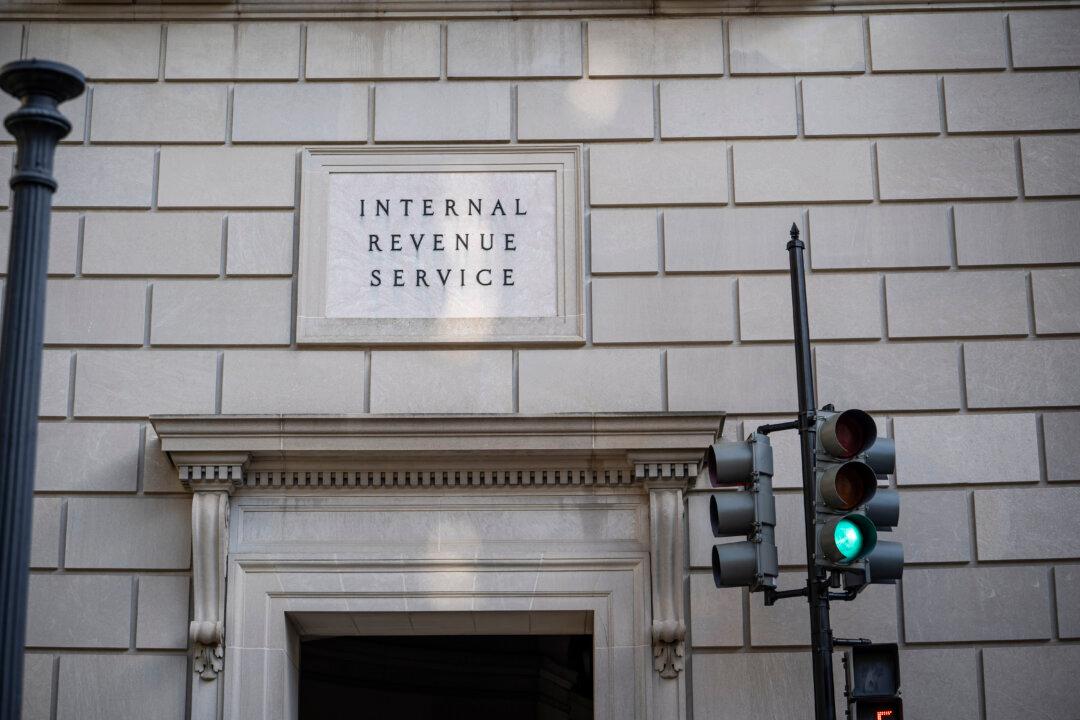Oil prices dipped further in Thursday trading after sharp losses in the previous session, as investor concerns about military flare-ups in the Middle East eased while attention turned to unexpectedly high American petroleum reserves.
Meanwhile, equities surged and the dollar advanced as investor fear gave way to an increased appetite for risk after President Donald Trump told a press conference on Jan. 8 that an Iranian missile attack on bases in Iraq hosting U.S. troops did not lead to loss of life.
“I’m pleased to inform you: The American people should be extremely grateful and happy no Americans were harmed in last night’s attack by the Iranian regime,” Trump said. “We suffered no casualties, all of our soldiers are safe, and only minimal damage was sustained at our military bases.”
“Iran appears to be standing down, which is a good thing for all parties concerned and a very good thing for the world,” the President said.
Iran launched more than a dozen missiles at two bases housing U.S. and coalition forces, the Pentagon said late on Jan. 7, pushing crude to its highest level in four months. The attack was retaliation for a Jan. 3 U.S. drone strike that killed a top Iranian general.

Broadly, oil prices on Jan. 9 have moved back toward where they stood before the recent exchange of hostilities.
West Texas Intermediate (WTI) crude oil prices, a U.S.-based measure, saw a similar dynamic in trading on Jan. 9, staying largely flat in initial trading at around $60 per barrel and dipping to around $58.8.

David Johnson, founding director of Halo Financial, a foreign exchange company, called the short-lived oil bounce “a pretty straightforward story of perception.”
“The strike caused a spike. It became clear reasonably early on that there was no evidence of loss of life and there were rumors that there had been a pre-warning of the strike, so the US personnel had a chance to evacuate. The Iranians were quick to point out that this was a one-off slap in the face for the US and the markets calmed,” Johnson said.
“There are other factors at play, though, with the US development of shale oil, fracking and oil sands production, Iran only produces around 4% of the world’s oil production; capacity that could be fulfilled by other producers if Iran was completely offline or closed down. Hence their impact isn’t what it once was,” he added.
After Trump eased tensions by stepping back from further military action, investors turned their attention back to the unexpected rise in U.S. crude stockpiles last week.

Trump: US Energy Self-Reliance Is Key Buffer Against Geopolitical Shocks
Trump told reporters Thursday that the United States’ increased petroleum production has left the country better poised to withstand oil supply disruption from geopolitical shocks like Iran’s missile strike.Speaking to reporters at the White House, Trump noted America’s energy independence, suggesting that because of increased petroleum production in recent years, the country is less susceptible to oil supply shocks.
“Our economy is stronger than ever before, and America’s achieved energy independence,” Trump said. “We are now the number one producer of oil and natural gas anywhere in the world. We are independent, and we do not need Middle East oil.”

Former Trump senior economic adviser Stephen Moore told The Epoch Times that energy independence is a national security priority.
“There’s no question that as America becomes more energy-independent, these countries like Iran and Iraq and Saudi Arabia and Russia no longer have a blade at our neck, and we can act in America’s own economic and national security interests without worrying about our energy supply,” Moore said.
While the United States is a net exporter of petroleum products, it still imports a substantial volume of crude oil.
According to the EIA, the high point for U.S. oil imports from Persian Gulf countries was 2.8 million bpd in 2001.
Trade policy expert and author Alan Tonelson said the move toward energy independence has given American foreign policy more freedom and flexibility.
“My main point has been that the fracking/fossil fuel revolution underway in the U.S. for some time now has created for the U.S. a degree of energy independence that has largely liberated it from relying on Middle East oil—and therefore eliminated a major reason for continued deep involvement (military or otherwise) in the region,” Tonelson told The Epoch Times.
Macro analyst Roger Hirst said a comparison of futures spreads in response to last year’s attack on Saudi oil facilities suggested increased U.S. oil production has had a dampening effect on price shocks.
On Sept. 14, 2019, the state-owned Aramco oil processing plant in eastern Saudi Arabia was targeted by a drone strike.
“I think this reflected a new dynamic,” he said, “which is that the U.S. is now a net exporter of oil, so the disruption in the Saudi sphere, with those facilities being impacted, is seen as being far less serious than a disruption would have been a decade ago.”





